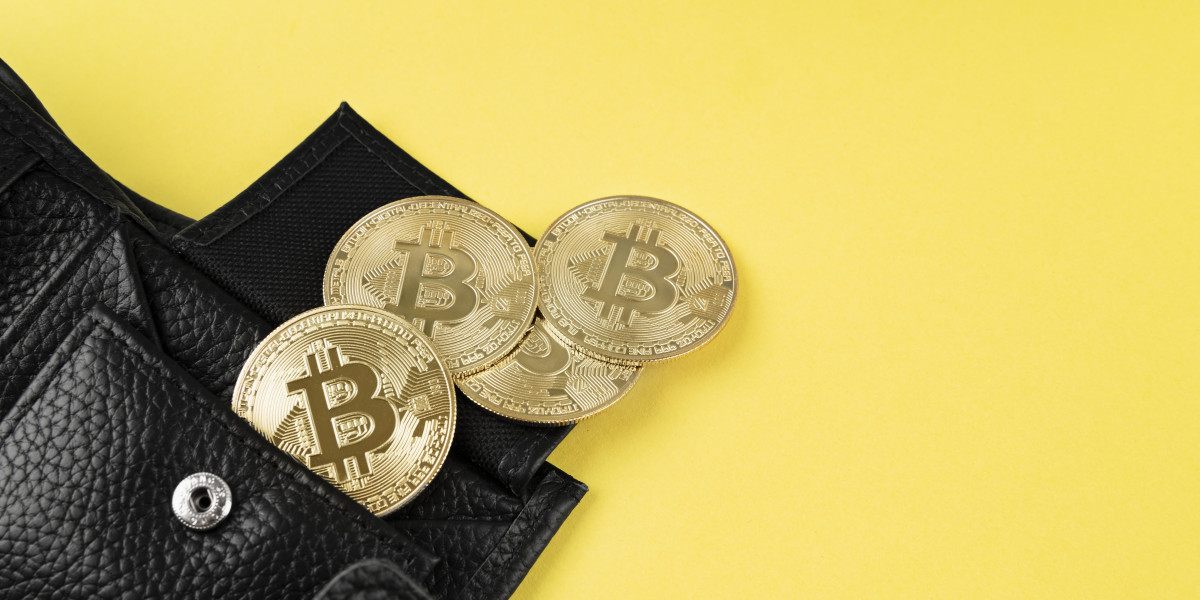You’ve heard it before: “Not your keys, not your crypto.” In 2025, that message couldn’t be more relevant. Centralized exchanges still go down. Hacks still happen. And even the savviest investors can get caught off guard by phishing scams or app vulnerabilities.
That’s why serious holders are asking a simple but crucial question: What is the best cold wallet for protecting my crypto?
Whether you’re new to self-custody or reevaluating your current setup, this post breaks down what cold wallets are, why they matter, and how to choose the right one for your needs in today’s high-risk environment.
Why It Matters: The Case for Going Cold
There’s no shortage of ways to store crypto—but not all are created equal.
Hot wallets (those connected to the internet) are useful for trading, sending, and receiving crypto quickly. But they’re also vulnerable. If your phone gets hacked, or a browser extension gets compromised, your assets could disappear in seconds.
A cold wallet, on the other hand, keeps your private keys completely offline. It can’t be accessed remotely, which makes it vastly more secure against:
Malware
Phishing attempts
Exchange hacks
Insider threats
Regulatory lockups
Choosing the best cold wallet isn’t about chasing hype—it’s about long-term control, peace of mind, and financial sovereignty.
How Cold Wallets Work
A cold wallet is an offline device or medium used to store the private keys that control your crypto. Without access to those keys, no one—including hackers—can move your funds.
When you want to send a transaction, the signing happens on the device itself, and then the signed transaction is broadcast from a connected device (like a laptop or phone). This way, your private keys never touch the internet.
There are a few main types of cold wallets:
Hardware Wallets
Physical devices like Ledger, Trezor, and ColdWallet designed to sign and store keys securely offline.
Air-Gapped Devices
Completely disconnected systems used only for key management and signing, often by advanced users.
Paper Wallets
A printed version of your keys. Effective, but easy to lose or damage—and not recommended for beginners.
Top Features to Look For in the Best Cold Wallet
Not every cold wallet suits every user. The best cold wallet for you depends on your technical comfort level, the type of assets you hold, and how often you interact with your crypto.
Security First
Look for wallets with a secure element (SE) chip, open-source firmware (when possible), and regular security updates.
Multi-Currency Support
If you hold more than just Bitcoin, choose a wallet that supports Ethereum, NFTs, altcoins, and Layer 2 tokens.
Compatibility
Does the wallet work with the apps, networks, or DeFi platforms you use? Some are mobile-friendly; others require desktop apps.
Backup & Recovery
The best cold wallets make recovery straightforward in case your device is lost or damaged—without sacrificing security.
Top Contenders in 2025
Here are a few of the most trusted names in cold storage today:
ColdWallet – A modern, security-first device built for today’s crypto landscape. With air-gapped signing and multi-asset support, ColdWallet is a rising choice among investors seeking maximum peace of mind.
Ledger Nano X – Known for balancing security and usability, Ledger supports a wide range of assets and integrates with many DeFi apps.
Trezor Model T – A popular open-source wallet with a touchscreen interface, great for those who value transparency.
Keystone Pro – Offers air-gapped QR signing for ultra-secure offline use, no Bluetooth or USB needed.
The best cold wallet for your needs might not be the one with the most features—but the one that gets the basics right without unnecessary complexity.
Common Cold Wallet Mistakes to Avoid
A cold wallet can only protect you if you use it correctly. Here are mistakes you’ll want to avoid:
Buying from unofficial sources – Always purchase directly from the manufacturer or authorized resellers to avoid tampered devices.
Storing your seed phrase digitally – Never take a screenshot or save it on cloud storage. Write it down and keep it safe.
Skipping firmware updates – These updates often contain critical security patches. Stay current.
Forgetting recovery backups – If you lose access to your wallet without a backup, your assets are gone for good.
The Future of Cold Wallets and Self-Custody
As crypto becomes more mainstream, the demand for intuitive, secure cold wallets will only increase. New devices are emerging that integrate better with DeFi, support multi-signature setups, and offer secure mobile interfaces without compromising key safety.
The future will likely include biometric authentication, passphrase management tools, and even integrations with Web3 identity systems. But the core principle remains the same: ownership starts with control—and cold wallets are how you get there.
Conclusion: Don’t Wait Until It’s Too Late
If you’ve never used a cold wallet before, now’s the time to start. Whether you're holding $500 or $500,000 in digital assets, leaving it online is a risk that’s no longer worth taking.
The best cold wallet is the one that gives you control, confidence, and simplicity—without overcomplicating things. Do your research, compare options, and most importantly, don’t delay. Because in crypto, security isn’t a nice-to-have—it’s essential.
Protect your portfolio. Own your keys. Choose your cold wallet wisely.







